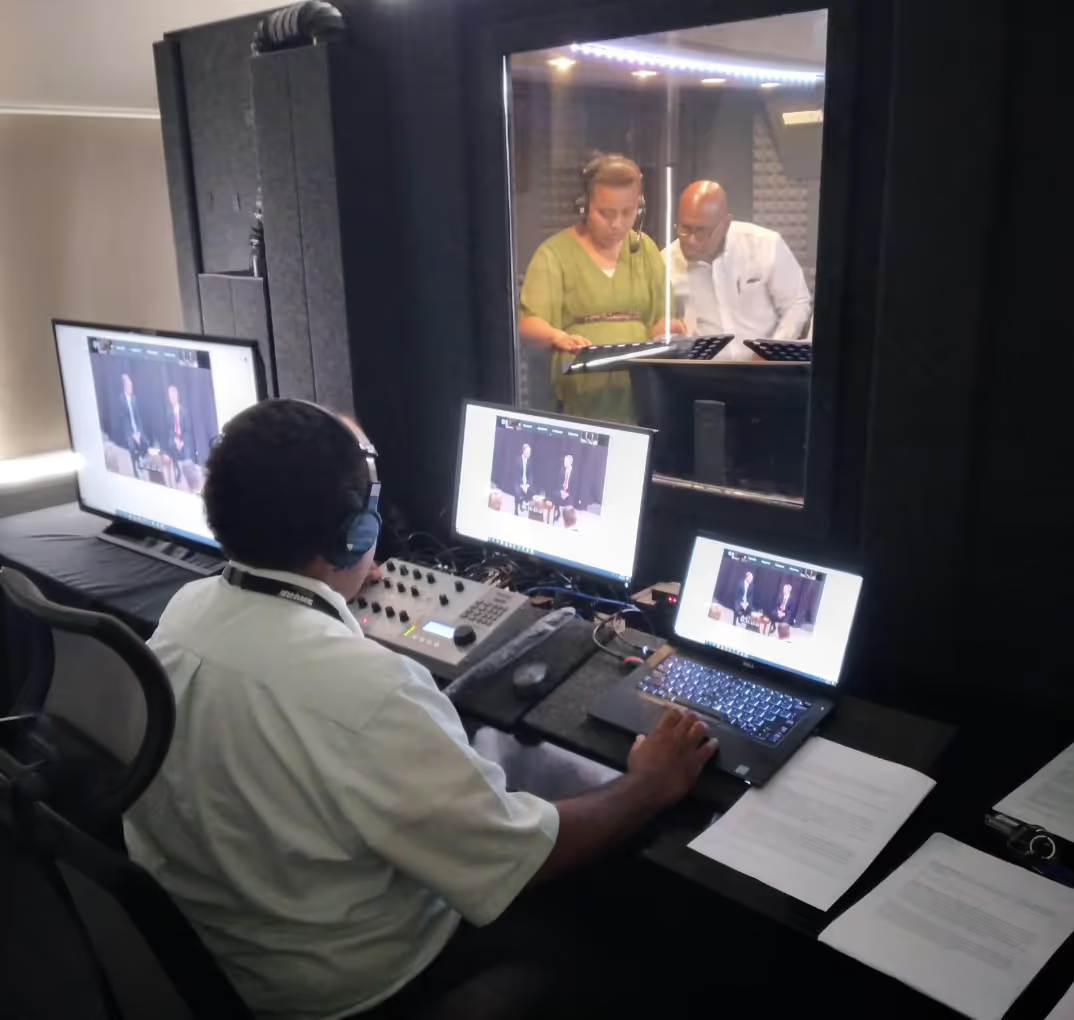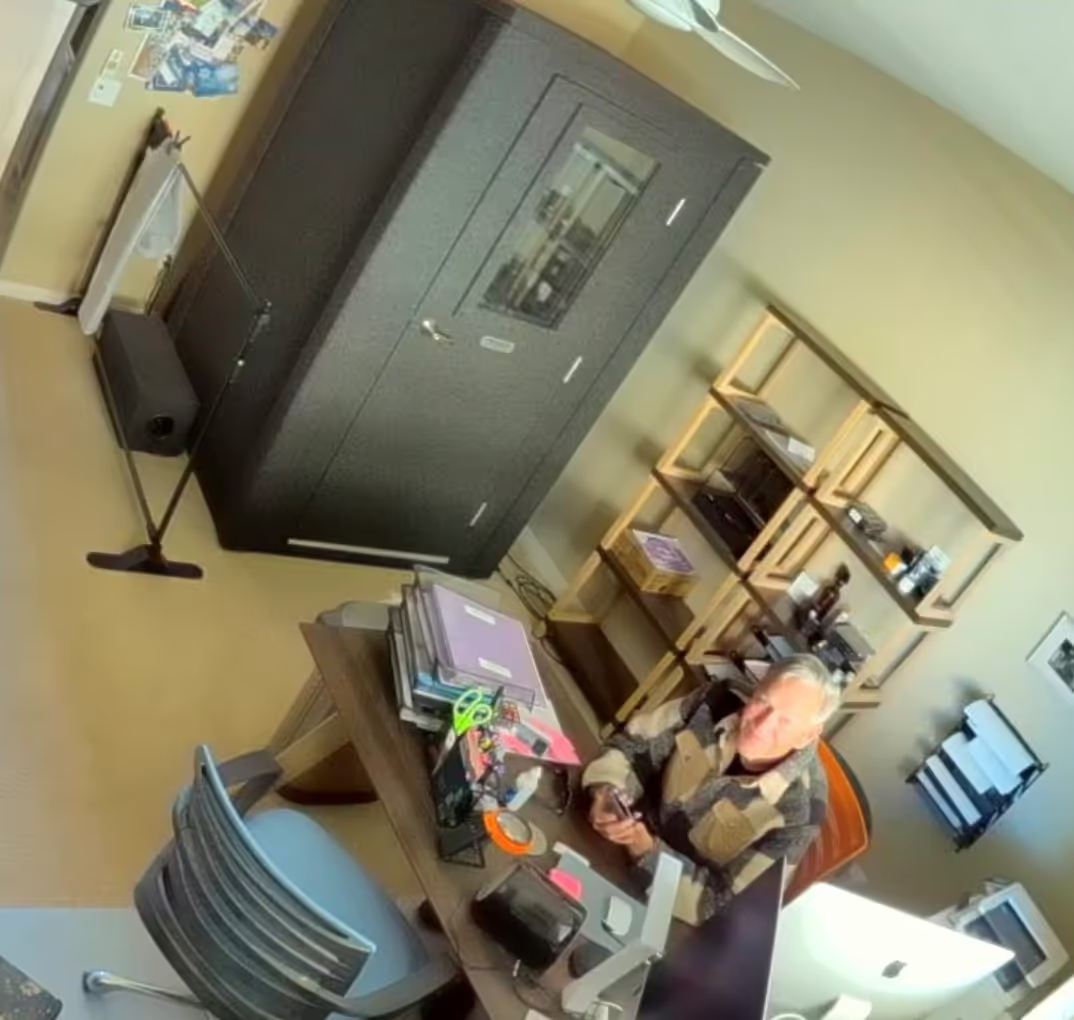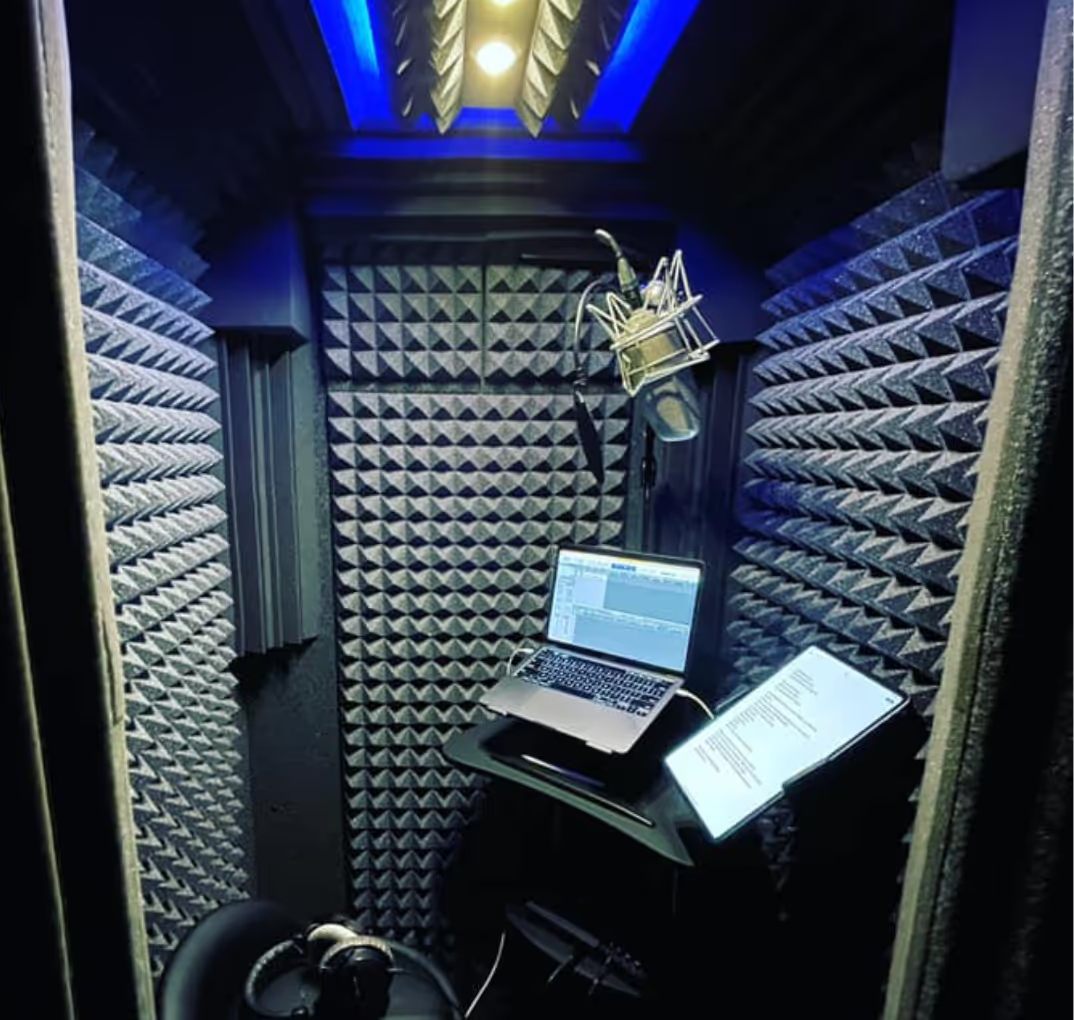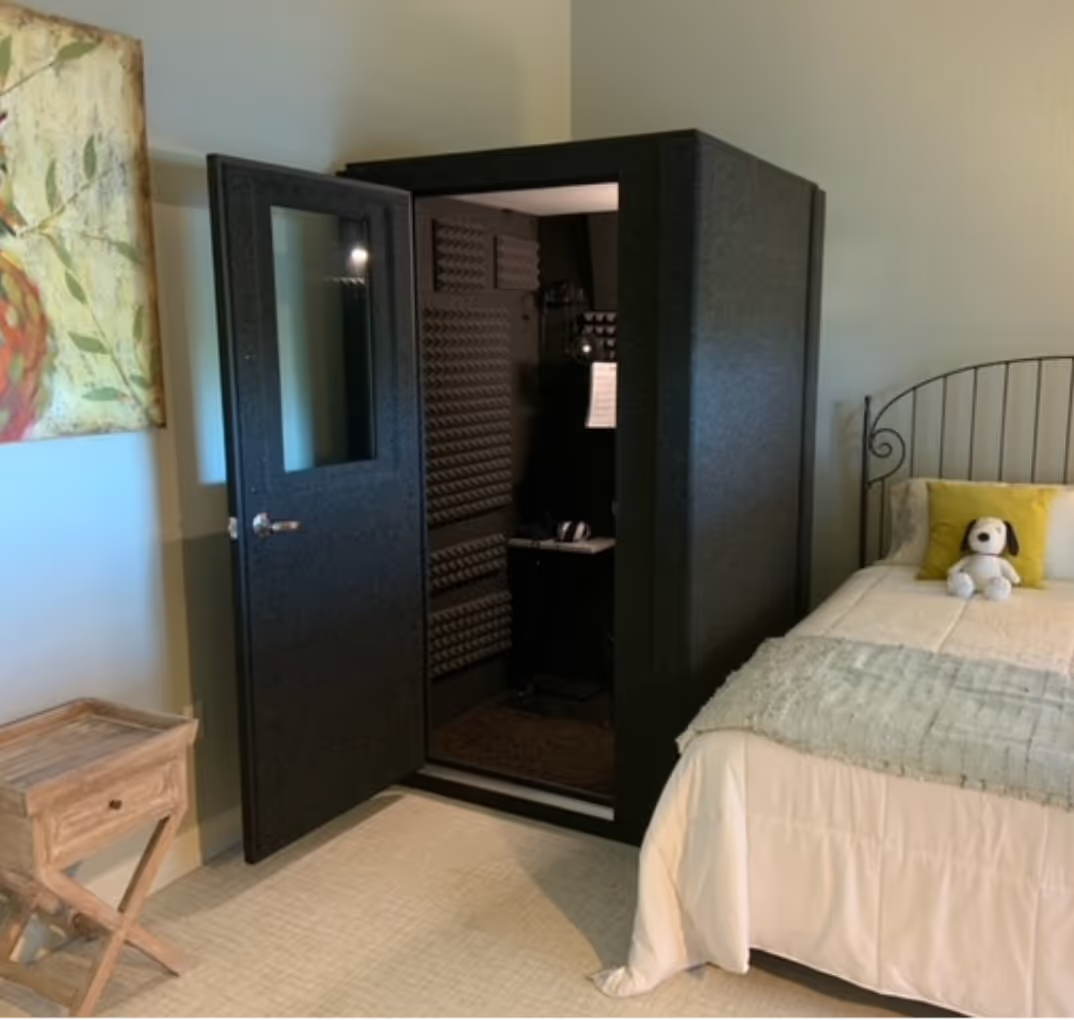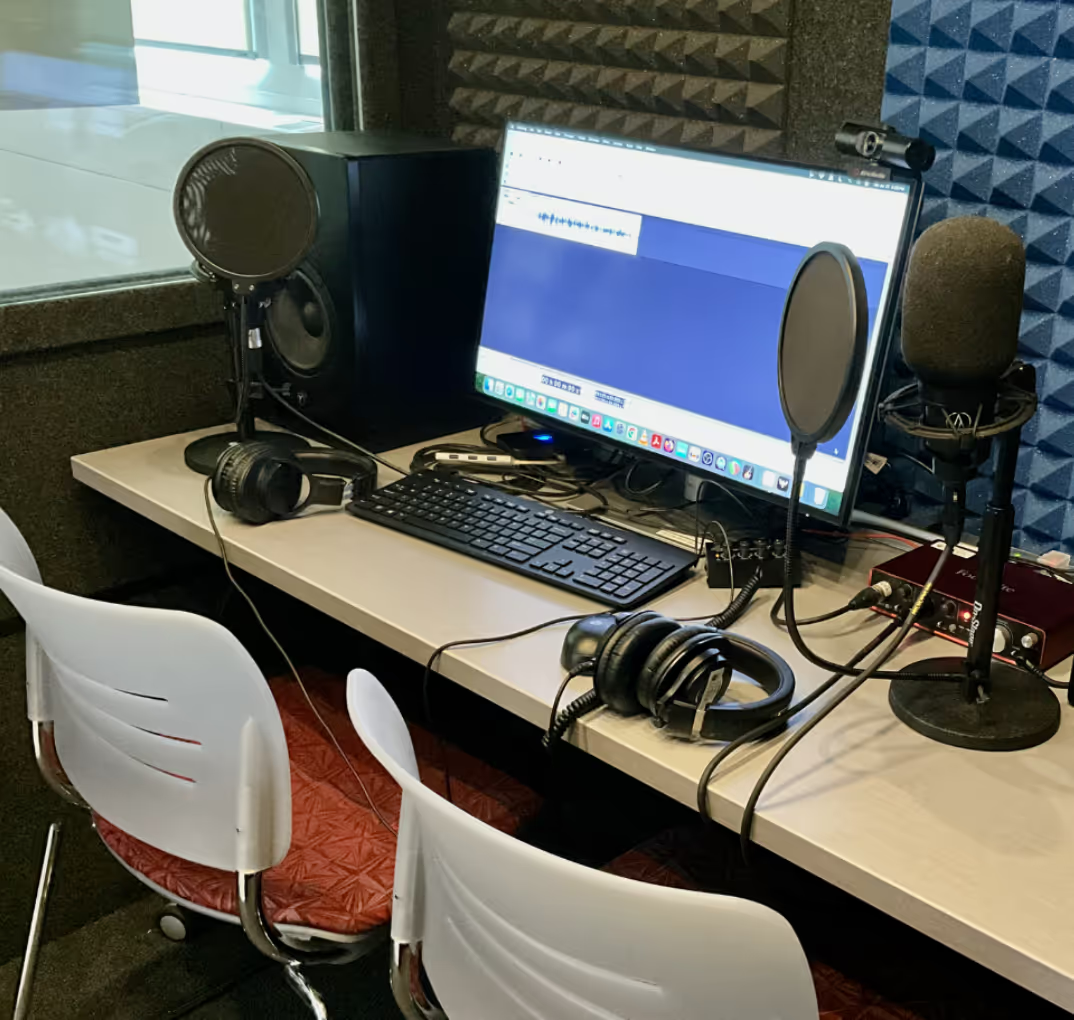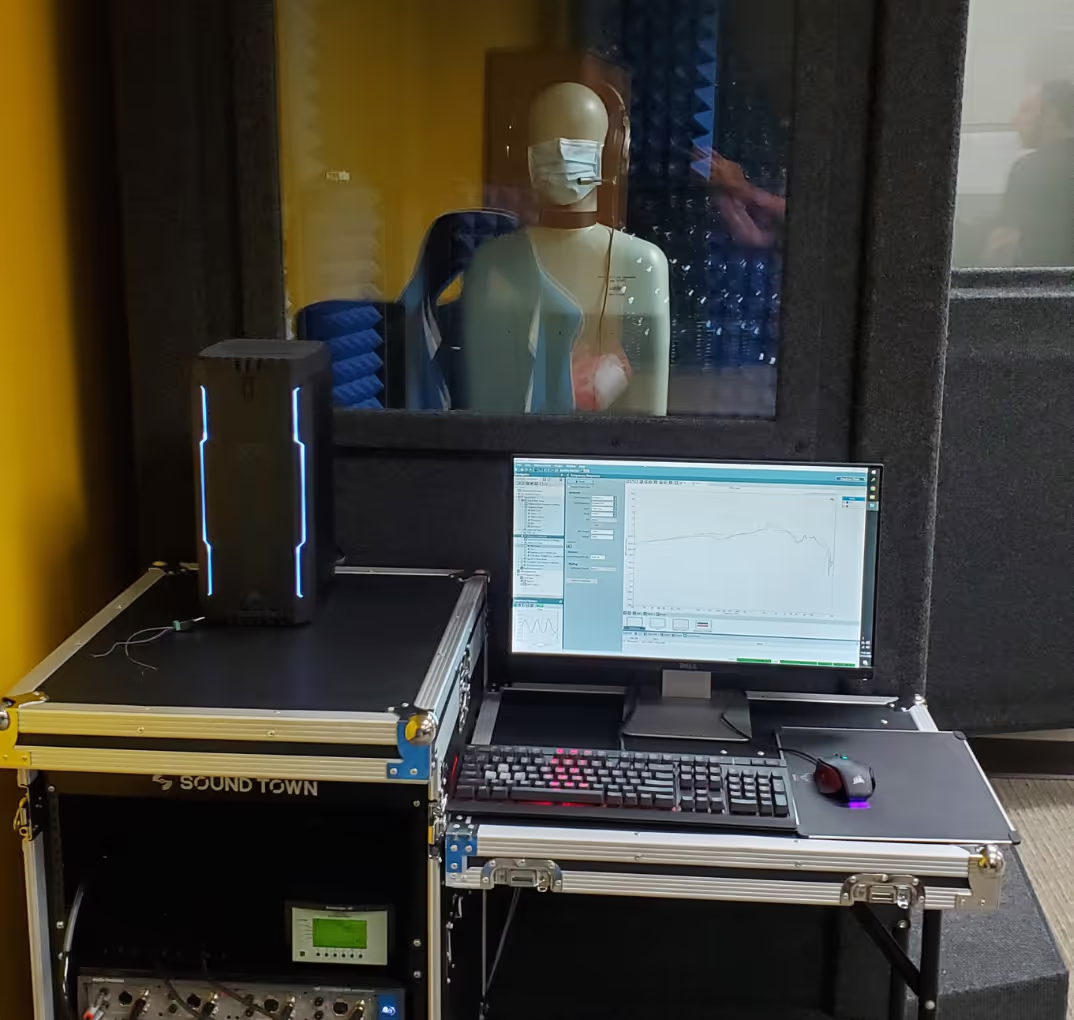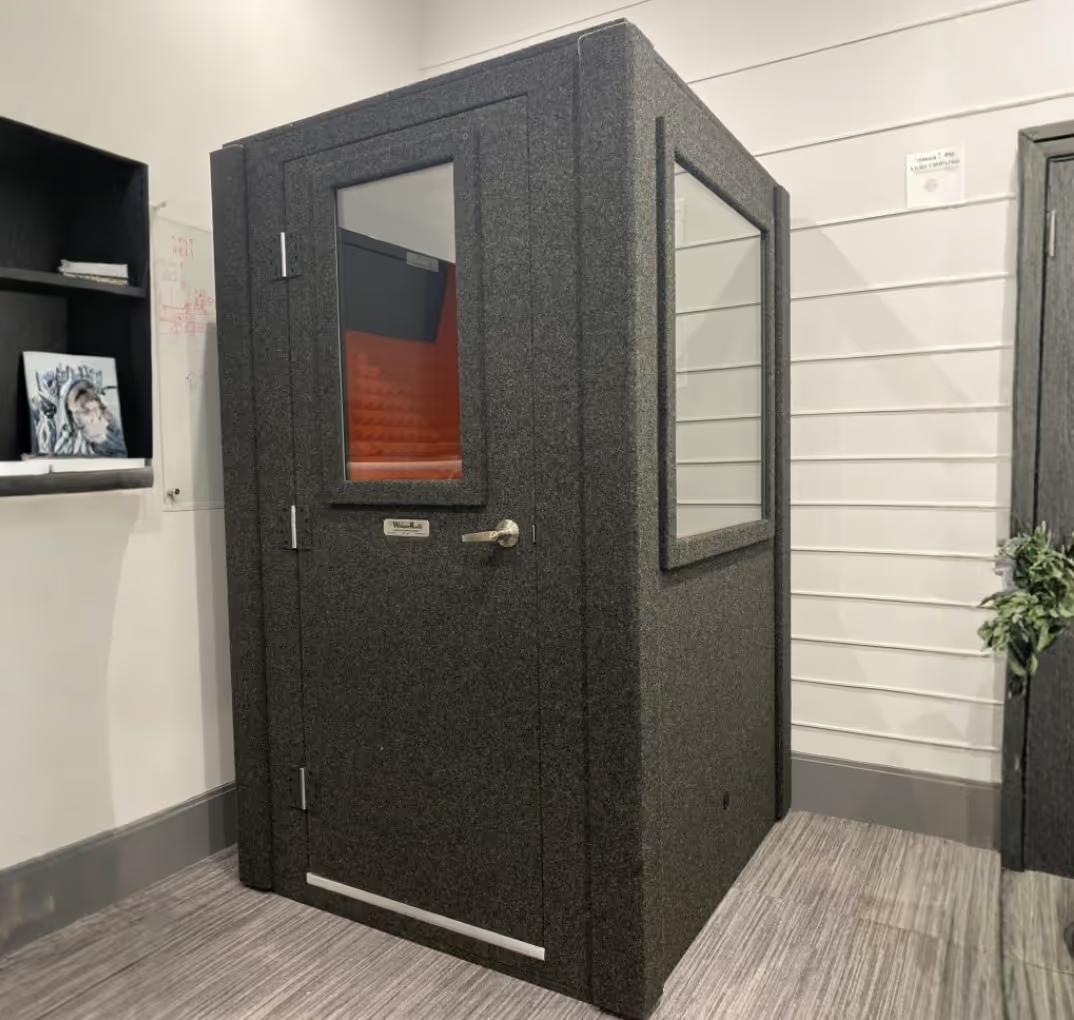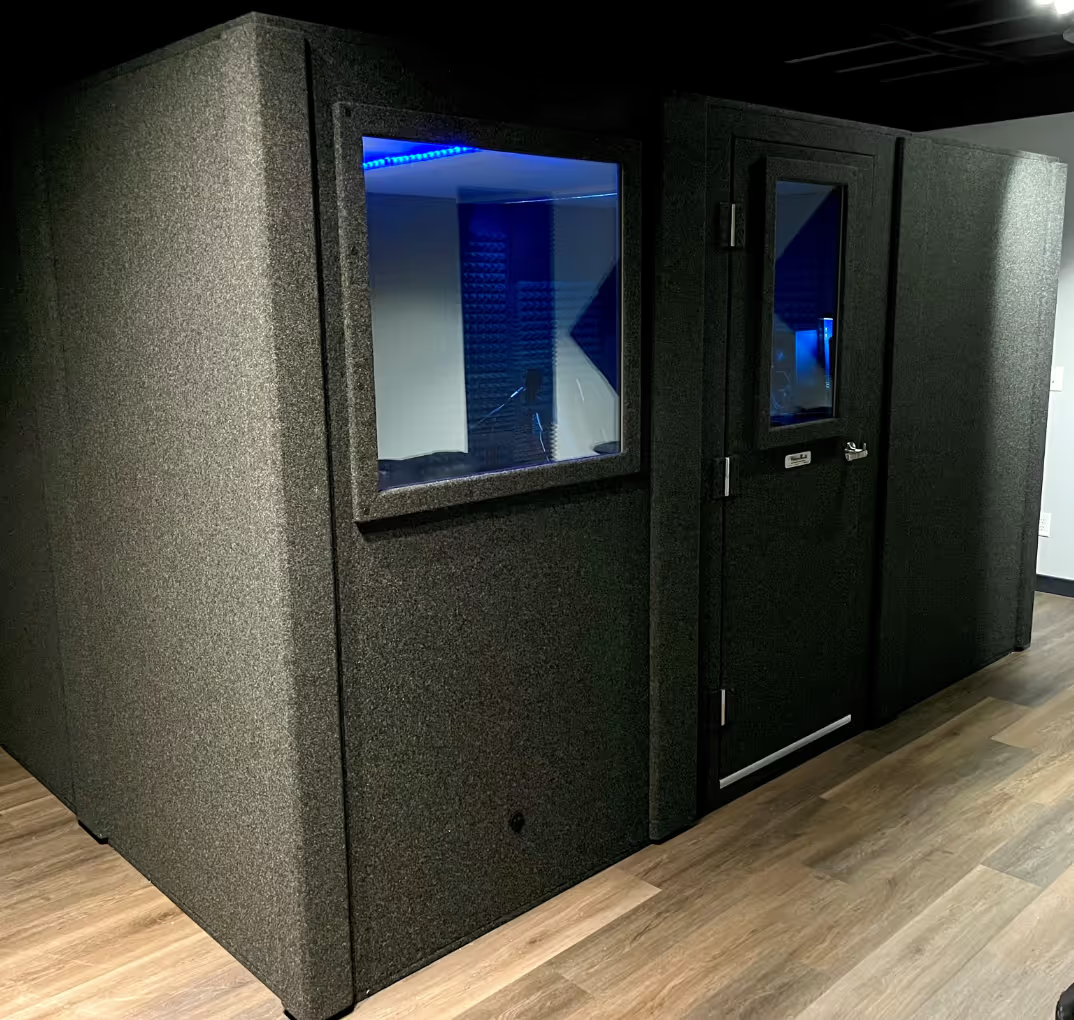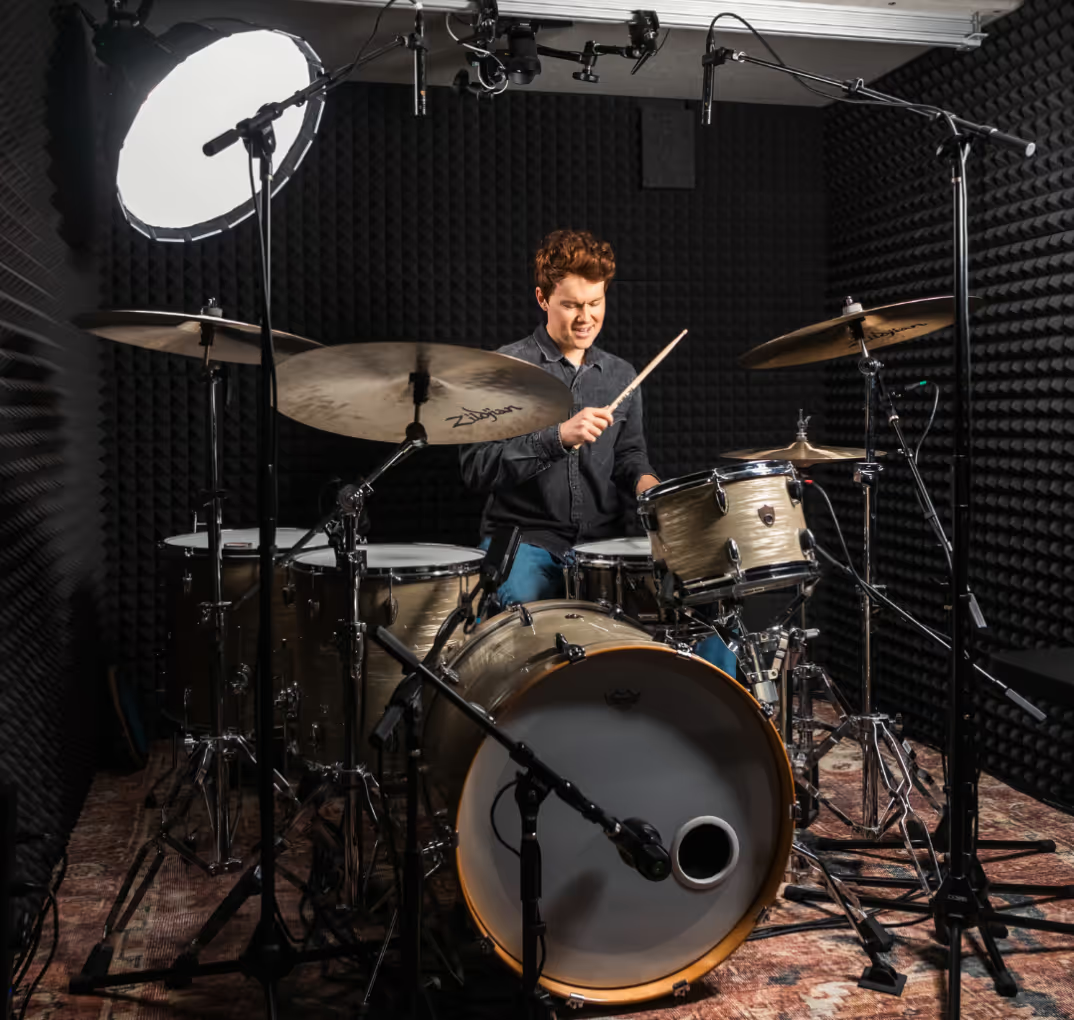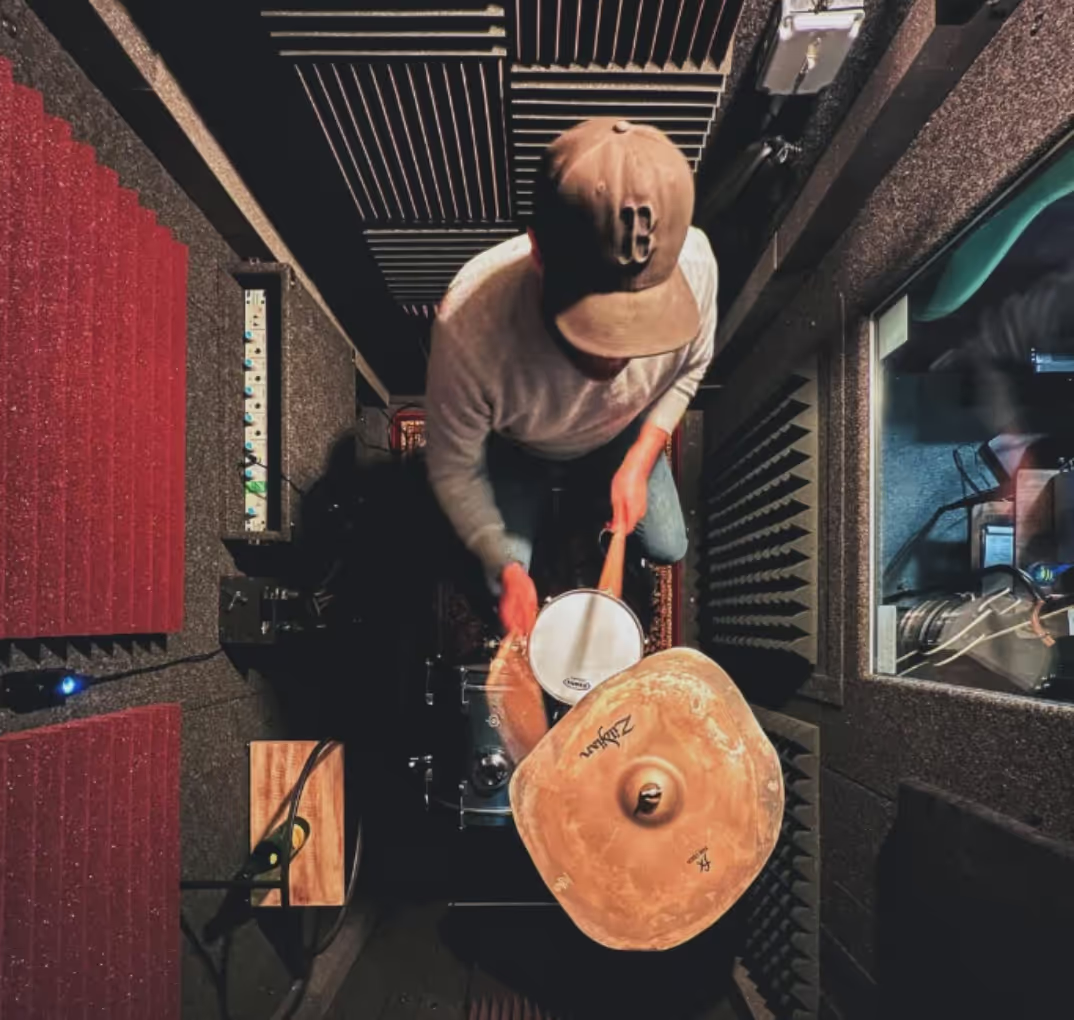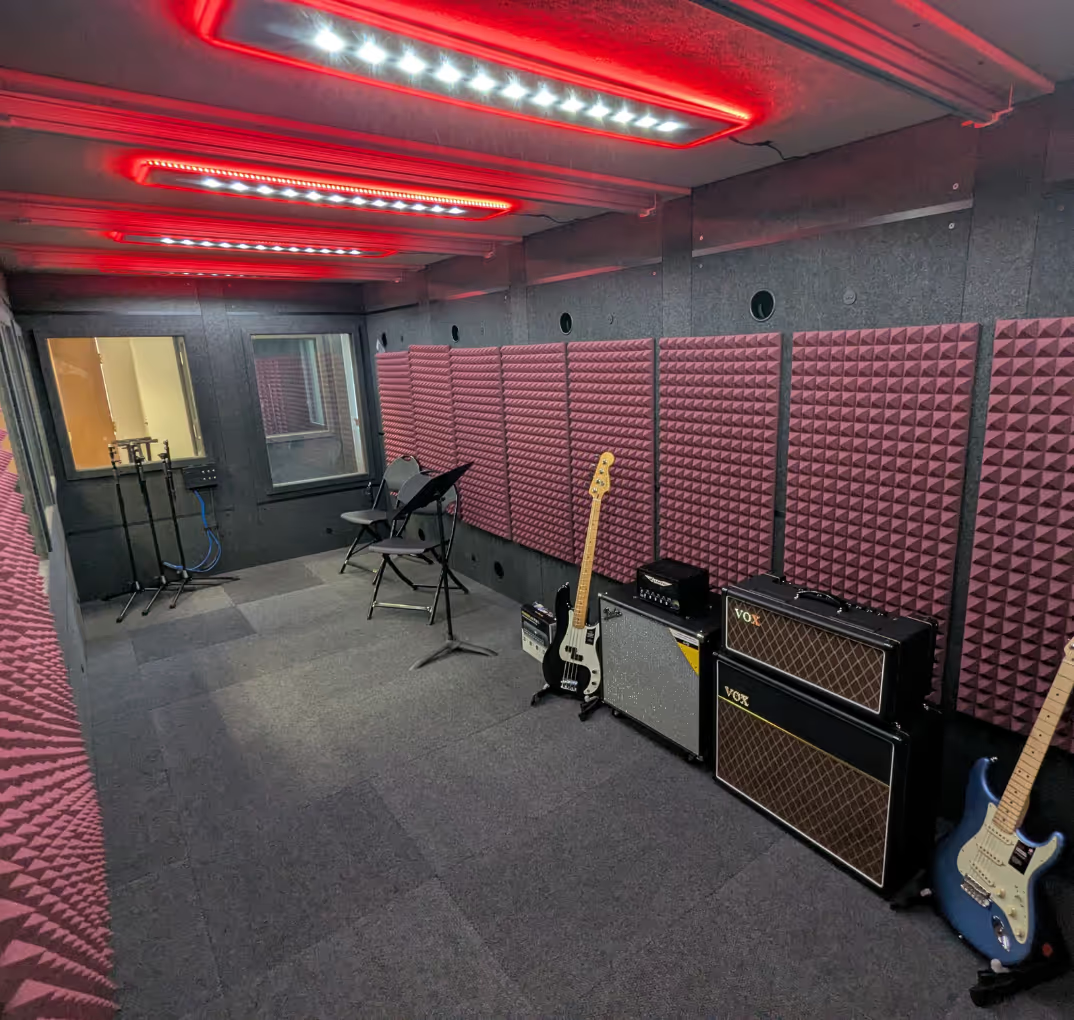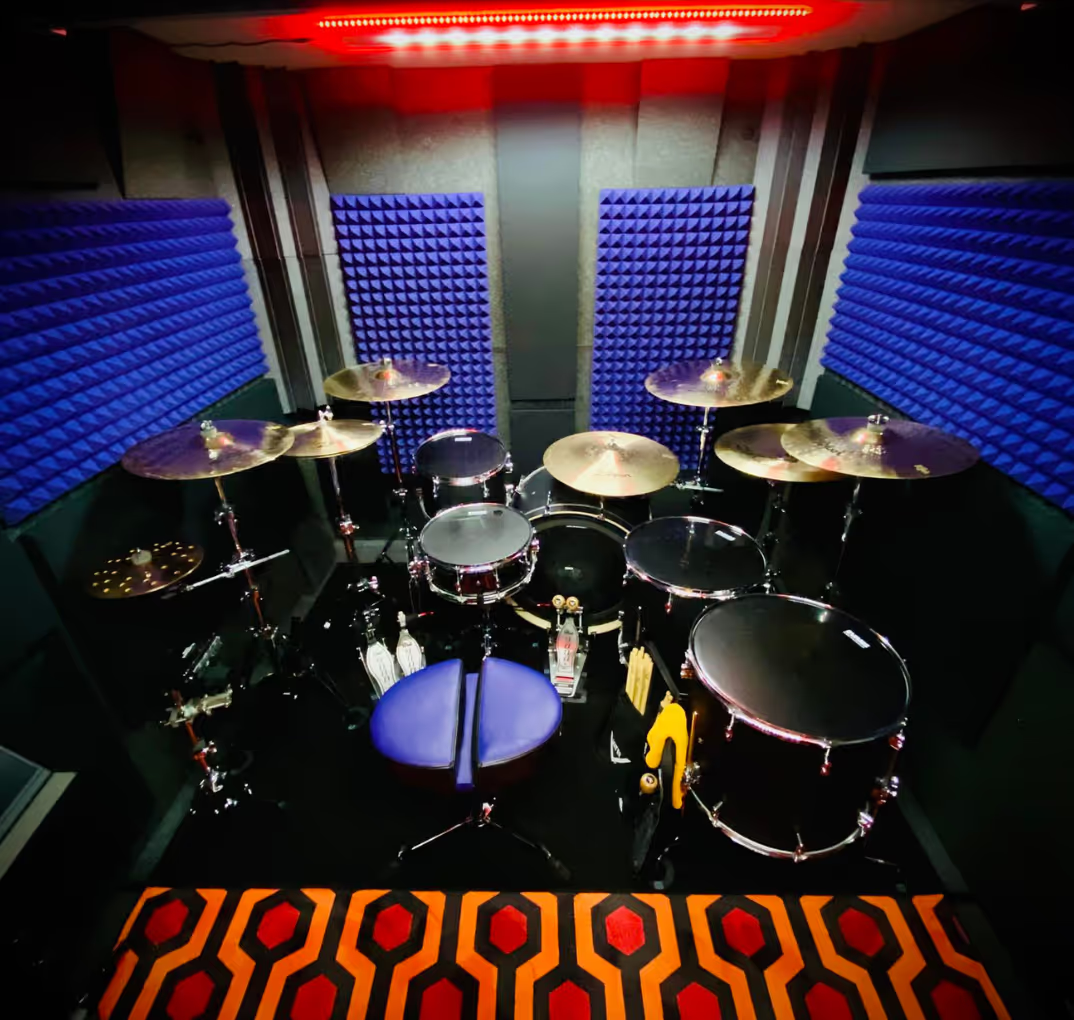In the field of audio and signal processing, achieving excellent sound quality is essential. Whether you're a musician, sound engineer, podcaster, or audio enthusiast, it's helpful to understand the decibel noise floor. The noise floor acts as a reference point for assessing the quality and clarity of audio signals in different environments. By grasping the nuances of the noise floor and meeting its requirements, you can enhance the overall audio experience.
In this guide, we'll explore the decibel noise floor and its definition, measurement, factors that influence it, strategies to meet it, and the role of equipment. By the end, you'll have a solid understanding of this concept. You'll be equipped with the knowledge to make informed decisions about audio recording, production, and playback.
So, let's unravel the mysteries of the decibel noise floor and unlock the secrets to pristine sound quality.
1. Understanding the Decibel Noise Floor
To understand the decibel noise floor, it's necessary to grasp the decibel (dB) scale. A decibel is a logarithmic unit used to express the ratio between two values, often associated with sound pressure levels. Its logarithmic nature helps us represent a wide range of values more easily.
The decibel scale is relative and often based on a baseline value. In audio, 0 dB is commonly used, representing the threshold of human hearing. Since the scale is logarithmic, a 10 dB increase means the sound intensity doubles, while a 10 dB decrease means it halves.
The image below helps illustrate the exponential curve of loudness. With 70 dB set as the comparison point, you can see how a (+/-) change in dB drastically affects perceived volume.

Definition of the Noise Floor
The noise floor refers to the level of unwanted background noise present in an audio or signal system when no significant signal is present. It is the baseline noise level that exists even in the absence of intentional sound sources. This noise is comprised of various factors, such as electrical interference, thermal noise, hardware/software settings, and environmental sound.
Role of the Noise Floor in Audio and Signal Processing
The noise floor plays a significant role in audio and signal processing systems. It sets a lower limit on the detectable and usable signals within a given system. Ideally, a low noise floor minimizes unwanted noise and preserves audio quality, dynamic range, and signal fidelity.
Differentiating Between Signal and Noise
In the context of the decibel noise floor, it's important to differentiate between the signal and noise components. The signal represent the desired audio or information that needs to be captured or processed, while noise refers to any unwanted disturbances that interfere with the signal.
The signal-to-noise ratio (SNR) is often used to express the relationship between the desired signal and the noise floor. A higher SNR indicates a stronger, more distinguishable signal relative to the noise floor, resulting in better audio quality.
Sweetwater's Mitch Gallagher defines noise floor
Understanding the distinction between signal and noise helps to optimize audio systems and ensure high-quality sound reproduction.
Sound level meters are commonly used tools for measuring and quantifying the noise floor. These devices consist of a microphone, preamplifier, and signal-processing circuitry to analyze sound pressure levels. Some sound engineers rely on them to assess the noise floor's impact on sound quality.
However, when working in a digital audio workstation (DAW), analyzing the noise floor becomes more precise. DAWs offer tools and plugins for accurate noise reduction and spectral analysis. With a DAW, audio professionals can measure the noise floor and make targeted adjustments to enhance sound quality and minimize unwanted noise.
3. Factors Affecting the Noise Floor
The noise floor can be affected by environmental factors, including ambient noise. In recording environments, external sounds like traffic, HVAC systems, or nearby construction make an impact. Likewise, in live sound settings, the venue's ambient noise level influences the noise floor.
Minimizing these environmental noises through proper soundproofing, acoustic treatment, and strategic placement of microphones can help reduce the impact on the noise floor.
Analog Audio Equipment
Analog audio equipment like preamplifiers, mixers, amps, and synthesizers can introduce noise into the signal chain. This noise originates from components such as transformers, transistors, and resistors. Factors like equipment age, component quality, grounding schemes, and shielding influence the noise floor produced by analog equipment.
High-quality equipment, proper maintenance, and attention to grounding and shielding practices can help minimize equipment-generated noise.
Digital Audio Equipment
Although digital audio systems have low inherent noise, they can still introduce unwanted sound due to clocking issues, power supply noise, and digital processing artifacts. For example, poorly designed analog-to-digital converters (ADCs) or digital-to-analog converters (DACs) can contribute to a higher noise floor.
Selecting high-quality digital audio equipment and following best practices in signal processing helps maintain an optimal level.

Signal Chain and Noise Floor Interaction
The entire audio signal chain, from source to output, affects the noise floor. Components like microphones, preamps, processors, and speakers can introduce noise that accumulates along the path. To achieve a low noise floor level, consider component noise characteristics and ensure compatibility. Proper gain staging and signal level management minimize noise floor accumulation, resulting in cleaner audio signals.
Understanding and addressing these factors, be it environmental issues, equipment-generated noise, or the interaction within the signal chain, is essential for maintaining optimal audio quality and reducing unwanted noise in audio production and performance scenarios.
4. Strategies for Meeting the Noise Floor
Implementing noise reduction techniques and following best practices are essential for meeting your required noise floor. Some effective strategies include:
- Proper microphone placement: Position the microphone close to the sound source while minimizing background noise pickup.
- Acoustic treatment: Using sound-absorbing materials, such as acoustic panels or bass traps, to reduce reflections and reverberations in recording spaces.
- Noise gates: Employing noise gates to automatically mute or attenuate signals below a certain threshold, effectively eliminating low-level noise during pauses or quieter sections.
- Noise reduction plugins: Utilizing software plugins or hardware processors designed to reduce specific types of noise, such as hiss, hum, or broadband noise.
- Editing and spectral repair: Employing precise editing techniques and spectral repair tools in DAWs to remove or attenuate unwanted noise from audio recordings.
- Soundproofing: Implementing soundproofing techniques, such as using double walls, acoustic insulation, and isolation enclosures (such as a WhisperRoom), to minimize external noise from entering the recording space.
Voice Coach - Bill DeWees demonstrates a simple technique for checking your noise floor.
Importance of Proper Equipment Selection and Maintenance
Choosing the right equipment and ensuring its proper maintenance will help you meet the noise floor. Consider the following:
- High-quality microphones: Select microphones with low self-noise and suitable polar patterns for the desired application.
- Low-noise preamps: Using preamplifiers with low noise figures and excellent signal-to-noise ratios.
- Quality cables and connectors: Opt for well-shielded cables and connectors that minimize interference and signal degradation.
- Regular equipment maintenance: Cleaning and inspecting equipment regularly to identify and rectify any potential noise-related issues.
Shielding and Grounding to Minimize Electromagnetic Interference
To minimize the impact of electromagnetic interference (EMI), shielding and grounding techniques are important. Proper grounding of all equipment helps minimize ground loops, which can cause hum and interference. Additionally, using shielded cables for audio connections reduces the impact of EMI.
Noise Floor Optimization in Recording, Broadcasting, and Live Sound Scenarios
Meeting the noise floor requirements differs across audio applications. In recording scenarios, it involves creating a controlled, quiet environment. Selecting suitable microphones and preamps, and implementing noise-reduction techniques during editing and mixing stages are also important.
Broadcasting requires minimizing background noise during live broadcasts, utilizing noise reduction technologies, and incorporating effective soundproofing and acoustic treatment in studio spaces.
In live sound settings, selecting low-noise equipment, optimizing gain staging, implementing sound reinforcement techniques, and managing ambient noise levels in the venue is necessary for achieving a low noise floor.
5. Equipment's Role in the Noise Floor
In audio production, various equipment components play a big role, from microphones and preamps to digital audio converters and cables. Understanding the impact of each element is important for achieving an optimal noise floor and maintaining pristine audio quality.
Microphones and Their Noise Characteristics
Microphones are a paramount component for capturing audio signals, and their noise characteristics can significantly impact the noise floor. Different types of microphones have varying levels of self-noise. For example, condenser microphones generally have lower self-noise than dynamic microphones. When choosing microphones, consider noise specifications like self-noise level and signal-to-noise ratio to minimize their contribution to the overall noise floor.

Preamps, Mixers, and Their Impact on the Noise Floor
Preamps and mixers are essential parts of audio systems, and their quality can impact the noise floor. Preamps amplify microphone or instrument signals to line level, but low-quality ones may introduce additional noise.
Similarly, mixers can contribute to the noise if they have loud circuitry or inadequate signal-to-noise ratios. Choosing high-quality preamps and mixers with low-noise figures is imperative for maintaining a low noise floor.

Digital Audio Converters and Noise Floor Considerations
Digital audio converters (DACs and ADCs) are responsible for converting analog audio signals to digital and vice versa. During this conversion process, they may introduce noise into the audio signal. The noise floor of digital audio converters depends on factors like design quality, resolution, bit depth, and clocking system. High-quality digital audio converters with excellent dynamic range and low distortion help achieve a lower noise floor in digital audio workflows.
Cables and Connectors as Potential Sources of Noise
Cables and connectors play a vital role in audio signal transmission, but poor-quality or poorly shielded ones can introduce noise. Low-quality cables and connectors may pick up electromagnetic interference (EMI) or radio frequency interference (RFI), which can add noise to the signal chain. Using high-quality, well-shielded cables and connectors reduces the risk of noise interference, ensuring a cleaner signal path.

6. The Relationship Between Signal-to-Noise Ratio and the Noise Floor
The signal-to-noise ratio (SNR) is a fundamental concept in audio engineering that compares the level of the desired signal to the level of background noise. It quantifies the quality and clarity of an audio signal by expressing the ratio of the signal power to the noise power.
Get.Beautiful.Recordings explains signal-to-noise ratio (SNR)
Calculating SNR and Its Interpretation
To calculate SNR when working with decibel measurements, subtract the noise level from the signal level: SNR = S - N. The difference between the signal and noise levels represents the SNR.
For example, consider a scenario where you measure a vocal track with a strength of 3 dB and a noise signal of -60 dB. By subtracting the noise level from the signal level (3 dB minus (-60 dB)), you obtain an SNR of 63 dB. This means that the signal power is 63 dB higher than the noise power, indicating a strong and clear signal in relation to the noise floor.
Importance of SNR in Audio Quality and Fidelity
SNR is crucial for maintaining high audio quality and fidelity. A higher SNR indicates a stronger and more distinguishable signal relative to the noise floor. This results in improved dynamic range, finer details, and enhanced clarity in the audio reproduction.
For instance, in a recording scenario, a higher SNR allows for capturing delicate sounds with minimal interference from the noise floor, preserving the original audio content accurately. During playback, a sufficient SNR ensures a faithful reproduction of the audio without introducing noticeable noise artifacts.
Understanding and optimizing the SNR helps achieve optimal audio quality and fidelity in various applications, ensuring a more enjoyable and immersive audio experience.
7. Noise Floor in Different Applications
In professional audio production, maintaining a low noise floor is imperative for delivering high-quality recordings and mixes. Noise floor requirements vary depending on the specific application and desired audio fidelity. In professional studios, where capturing pristine audio is paramount, it should be exceptionally low. This ensures that even the most delicate details are faithfully reproduced without being masked by background noise. High-end studios often aim for noise floor levels below -60 dB, allowing for superior signal clarity and dynamic range.
Home studio demonstration of Noise Floor from Joe Gilder • Home Studio Corner
Noise Floor Considerations in Home Recording Setups
Home recording setups present unique challenges when it comes to managing the noise floor. These setups are typically located in non-professional acoustic environments, where background noise and suboptimal room treatments can be more prevalent. While achieving comparable levels to professional studios may be challenging, it's still important to minimize unwanted noise.
Therefore, home recording enthusiasts should focus on optimizing their signal chain, employing noise reduction techniques during recording and mixing, and creating the quietest recording environment possible within their means. By reducing the noise floor to an acceptable level, home recordings can maintain a satisfactory level of audio quality.
Noise Floor Standards in Broadcast and Live Sound Environments
Broadcast and live sound environments have specific noise floor standards to ensure optimal audio transmission and delivery to the audience. Moreover, these standards often depend on the type of broadcast or event and the specific regulations in place. In broadcast environments, where clear speech and audio intelligibility are essential, noise floors are typically kept very low. This allows for pristine sound reproduction and minimizes distractions for the viewers or listeners.
In live sound scenarios, however, noise floor requirements may vary depending on the event, venue, and audience size. Striking a balance between reducing ambient noise and managing system noise is crucial to maintain an enjoyable live sound experience.
Final Thoughts
We hope this article has provided a comprehensive understanding of the noise floor and its significance in audio systems. By grasping the concept and considering its implications, you gain the ability to effectively manage and optimize the noise floor. This, in turn, helps you achieve superior audio quality in your endeavors.








.avif)
.avif)
.avif)

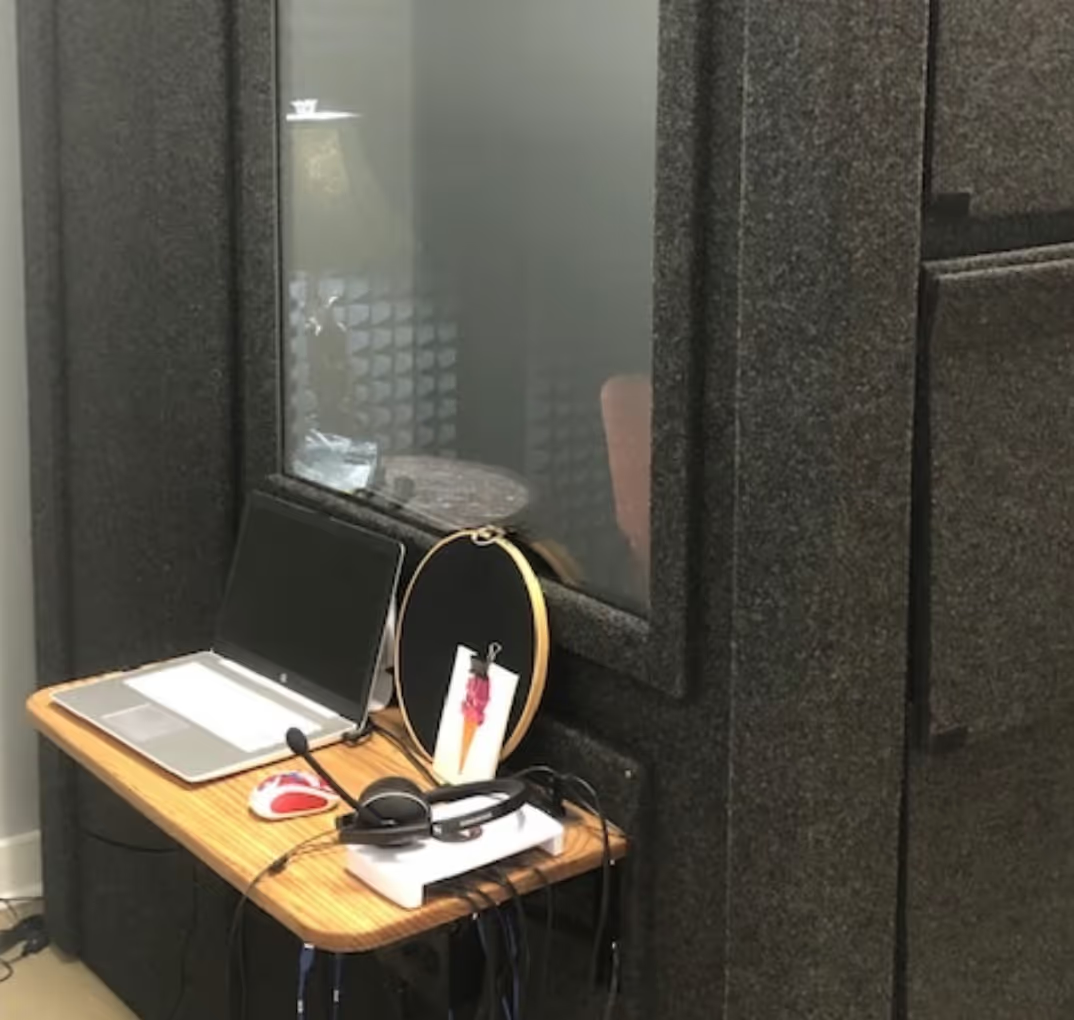
.avif)
.avif)

.avif)
.avif)
.avif)
.avif)
.avif)
.avif)
.avif)
.avif)
.avif)
.avif)
.avif)
.avif)
.avif)
.avif)
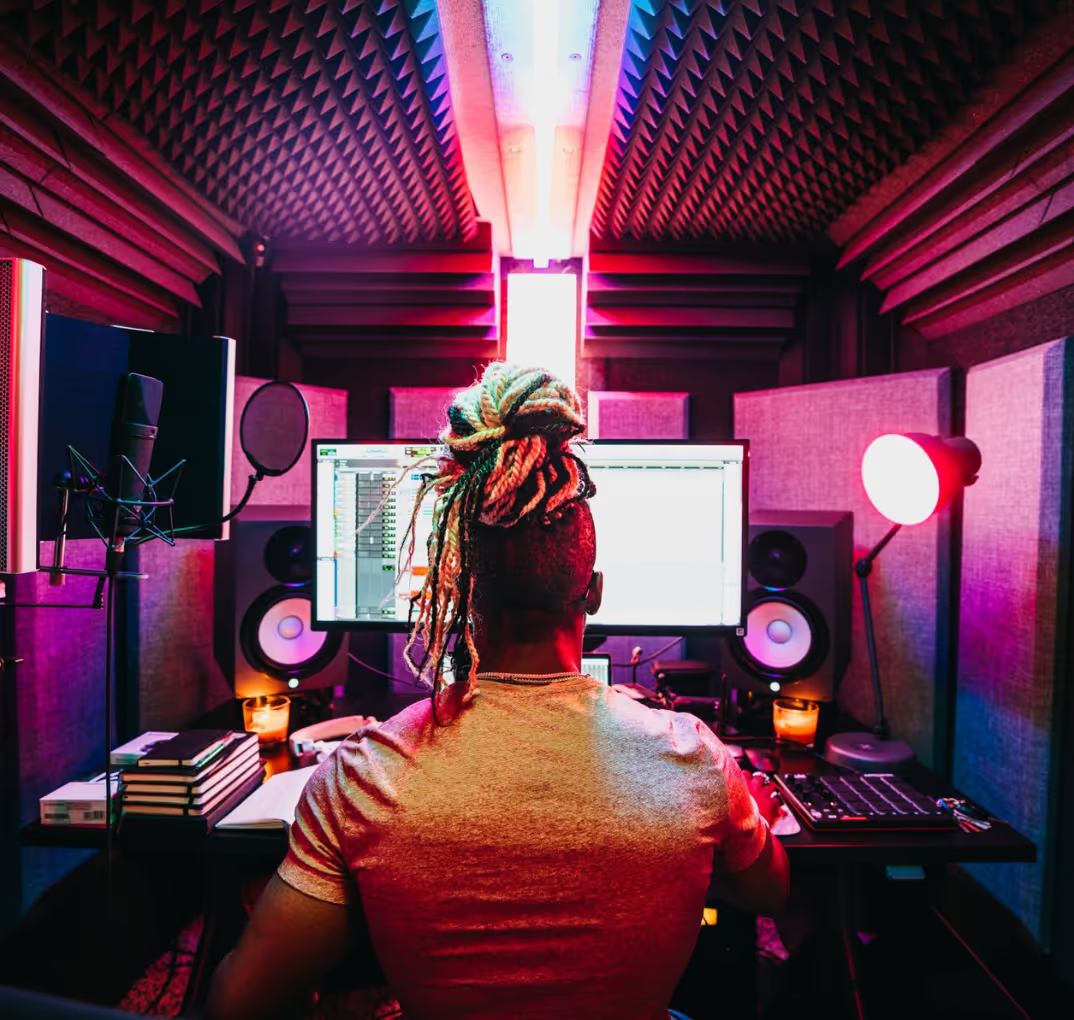
.avif)
.avif)

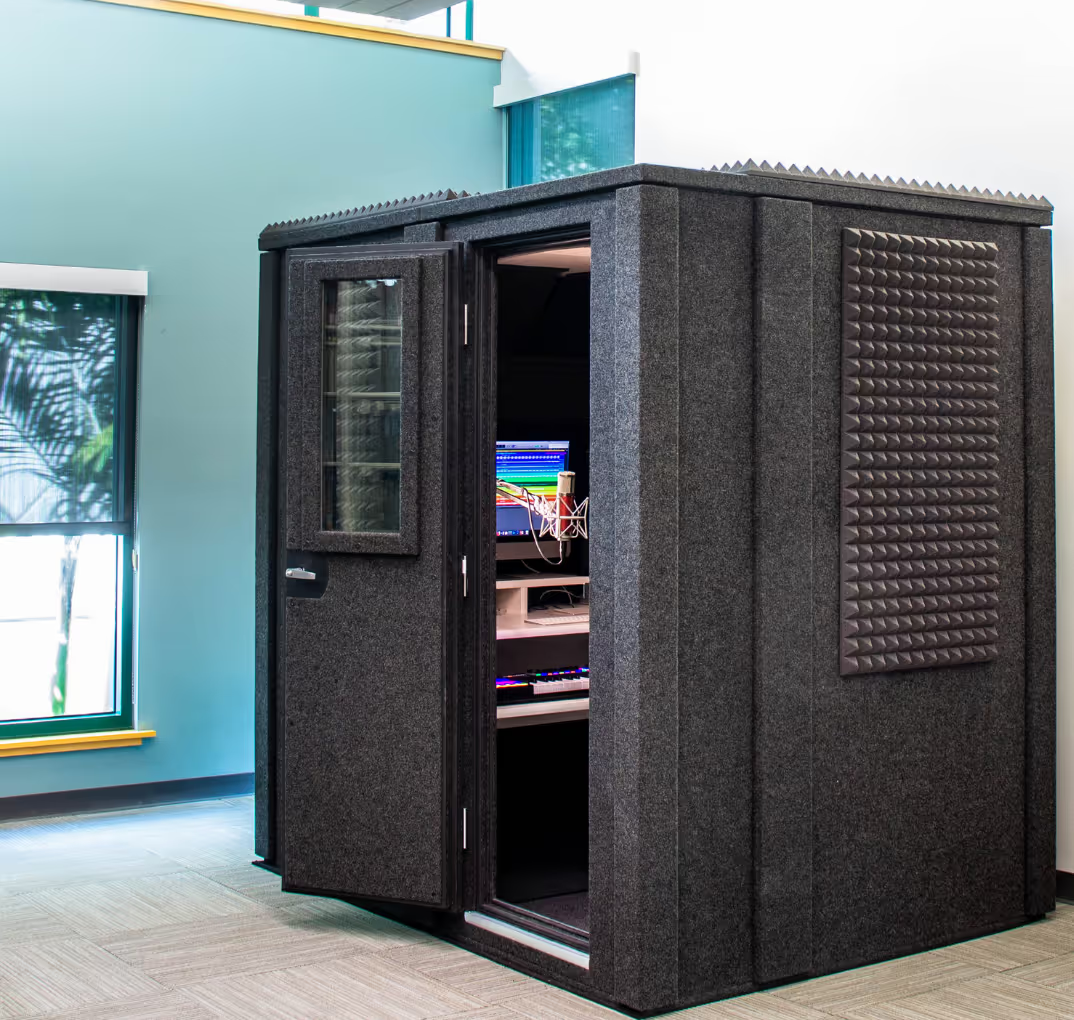

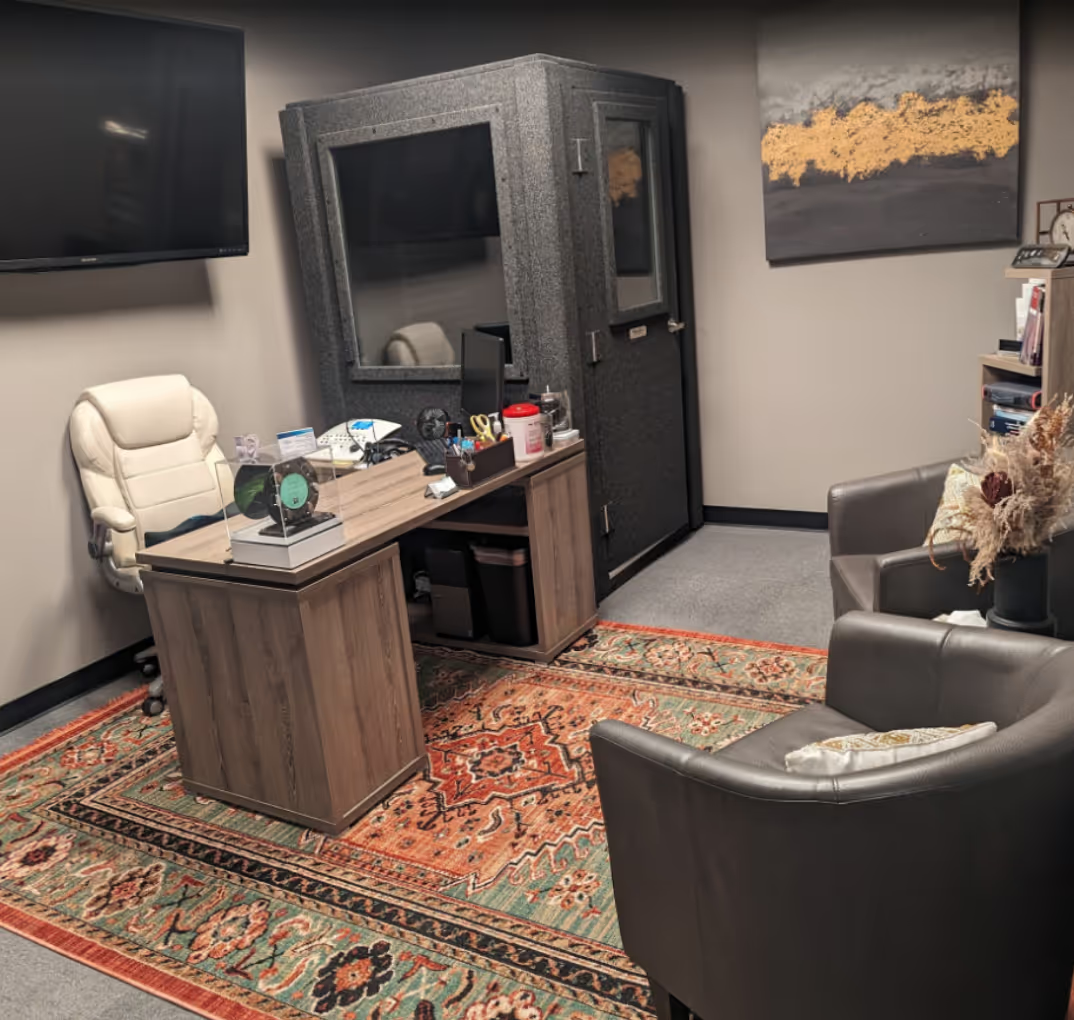



.avif)

